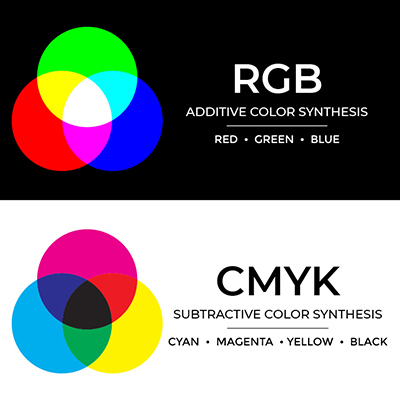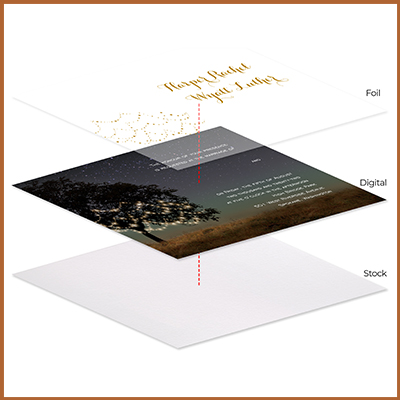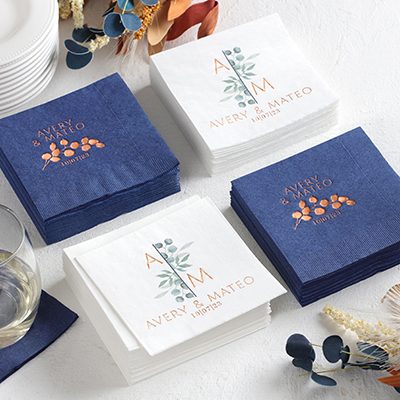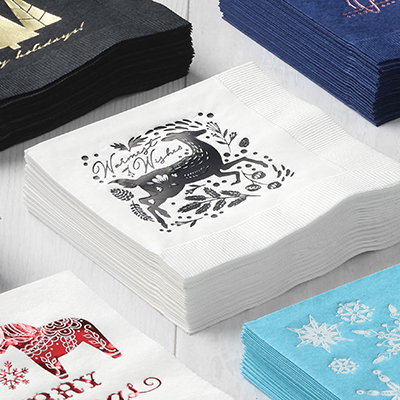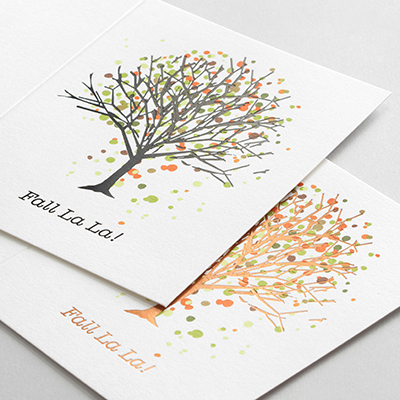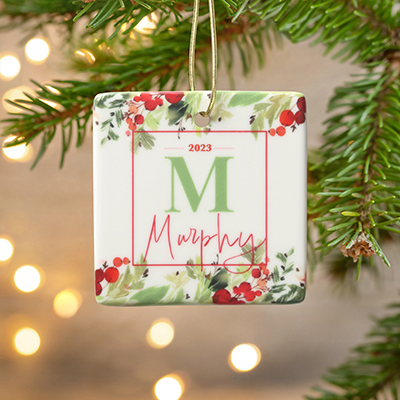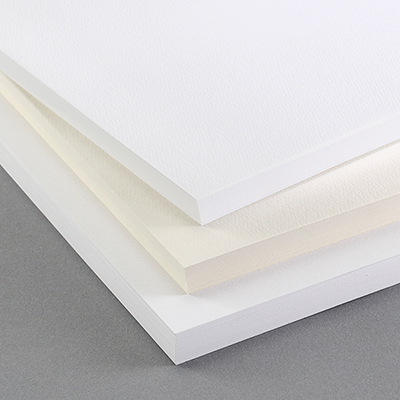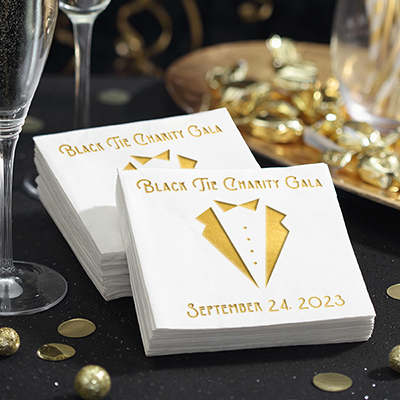Registration refers to how colors or different print methods are aligned with each other on a printed product. When should you worry about registration? Generally you don’t have to worry about it with digital printing but when you start combining print methods, you should be paying very close attention.
Why is registration not a problem for digital print?
Digital printers lay down four colors—cyan, magenta, yellow, and black—to create any digital image. Precise registration is essential as these four colors are printed on top of each other to create the correct colors and a crisp, clear image. If the digital registration is off, it can cause the image to look blurry or have an outer “glow”. You can see an example of digital printing with poor registration below. Newer technology enables today’s digital printers to correct registration issues on their own.

When do registration problems occur in custom print?
When you start combining multiple print processes. Combining foil, letterpress, trims, and/or digital requires great attention to detail. The precision required to align these print processes is the same as aligning the four colors in a digital printer, but the printers used for these techniques don’t have the same technology available. Specialty print techniques require more manual processes, which is why the incredible craftsmanship TOG.ink provides is such a big deal. Our print operators know their stuff! For example, they know the “tolerances” of their machines. The word “tolerance” refers to how different processes or trims may align differently from one card to another. TOG.ink has a 1/16” tolerance between most processes. You can design with this 1/16” in mind to ensure the best registration possible. Of course, you’ll want to check out Artwork Specifications for any print process or print pairing so you can design more accurately.
What is overprint and how can I use it to fix my registration problems?
Another easy fix to prevent registration problems is utilizing overprint. For example, if you are designing custom digital and foil stationery, do not knock out the digital file behind the foil. Stamping foil directly on top of digital print will create a seamless look between the two processes. The example below shows what happens when knocking out the digital art and relying on the foil stamping to hit the exact spot. The image on the left shows the result when foil is printed over (overprint) the digital art. The design appears seamless since there is no separation between digital and foil. The image on the right shows the foil not lining up with the white, knocked out area, causing a registration issue and making the artwork less crisp in appearance.
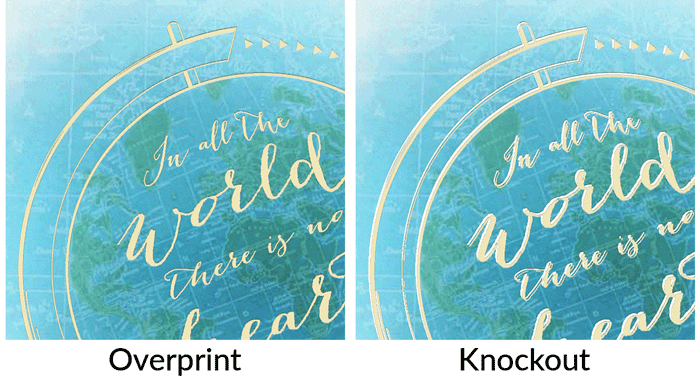
If you go into the design process understanding possible registration issues, it’s easy to avoid. You can always reach out to your printer for specific information about their printers to help you achieve the best product possible. TOG.ink is happy to help make your creative process easier!
August 1, 2019
Author : Joshua
Years at The Occasions Group: 8 yearsFavorite Print Process: Letterpress
Secretly I’m really good at…not many people know that I curl but I wouldn’t say I’m really good at it? I really enjoy it though!

